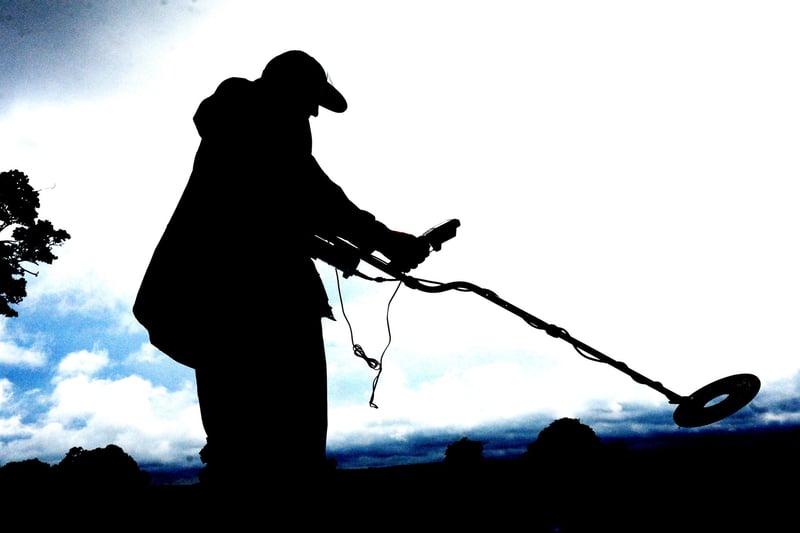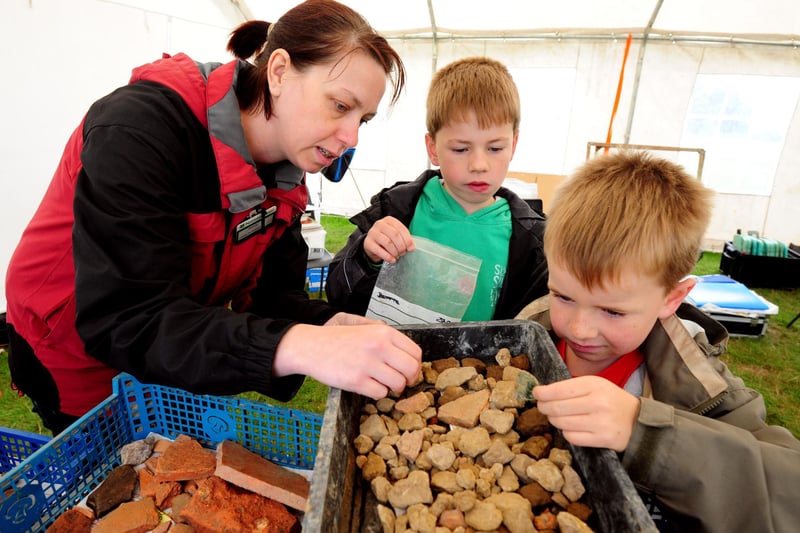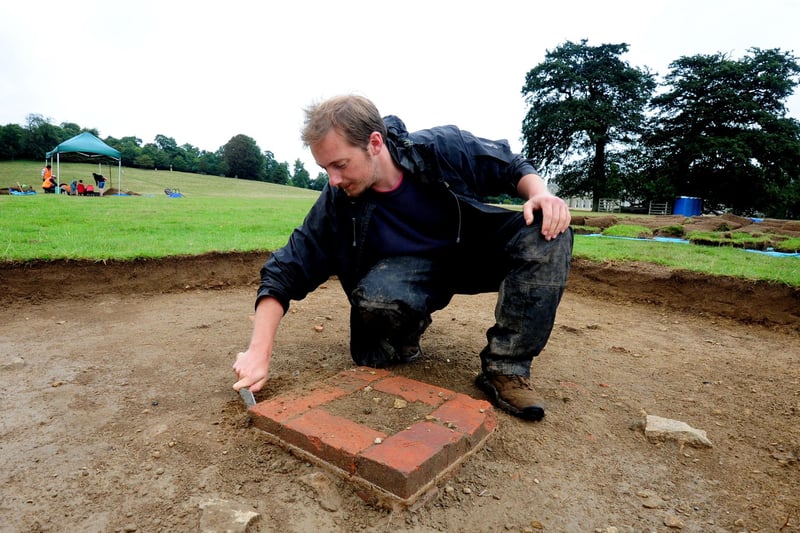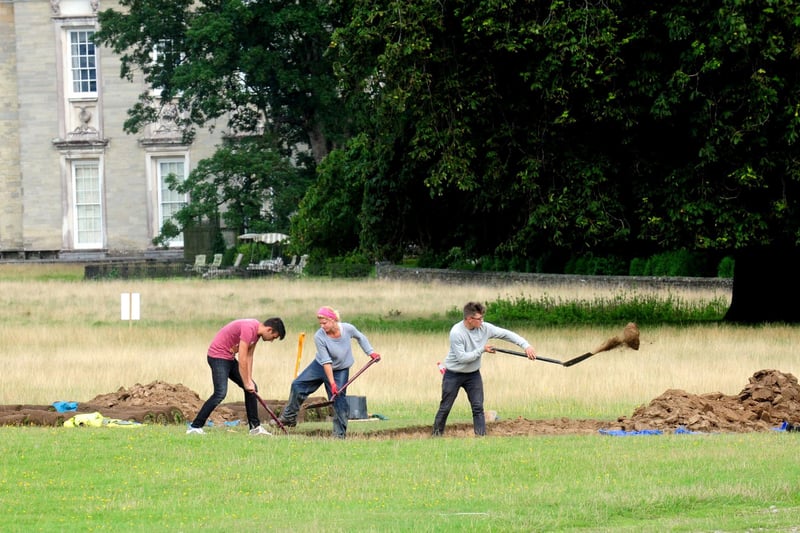The dig, in which volunteer archaeologists were given the opportunity to work alongside the professionals, focused on the monumental stable block, as it was believed the 6th Duke’s personal stables many have been a building of historical significance. Visitors were able to watch the excavations, join a daily tour, quiz the archaeologists, see the artefacts as they were uncovered and take archaeology trails through the parkland. Budding young archaeologists were even able to join excavations in the children’s trench.
Tom Dommett, head of historic environment at the National Trust, was the lead archaeologist on the project. He said at the time: “This is a great opportunity to discover what may have been a building of real status and significance." Known as ‘The Proud Duke’, the 6th Duke was one of the wealthiest men in England, with a keen interest in horses.
The previous summer, in July 2014, Tom had worked with archaeologists, history experts, volunteers and school groups at Petworth Park on a search for Henry VIII’s banqueting house. This building was alluded to on a map dated 1610, marked only as a mysterious tower, and proof of its existence had never been found. Finds including brick, stone and tile were unearthed but far from solving mysteries, it left many questions.
Tom said at the time: “The dig has been a massive success and we have found much more than a banqueting house. We now have evidence of occupation on Lawn Hill from thousands of years ago, possibly even as far back as the Neolithic period. The main outcome has been evidence of a series of buildings that stood on the edge of Lawn Hill overlooking the historic parkland, the last of which was probably Elizabethan and timber-framed.”
But conclusive evidence of an actual banqueting house proved more difficult to find. Materials unearthed showed definite signs of a high-status building, with possible service and food preparation areas. Other clues included fragments of fine glass drinking vessels and shoe and belt buckles and cloak pins. To help date the occupation on site in Petworth Park, experts researched two hammered coins that were found, one of which was minted during the reign of Henry VIII. The other was Elizabethan and stamped 1565.

1. The Big Dig 2015
Metal detection being carried out at Petworth Park Photo: Kate Shemilt ks1500405-12

2. The Big Dig 2015
Owen Le Page and Finn Le Page showing their finds to Trista Clifford, finds supervisor Photo: Kate Shemilt ks1500405-7

3. The Big Dig 2015
Tom Dommett, the National Trust archaeologist leading the project, with part of a building uncovered at The Big Dig in August 2015 Photo: Kate Shemilt ks1500405-1

4. The Big Dig 2015
Volunteers digging away to uncover history at Petworth Park Photo: Kate Shemilt ks1500405-13